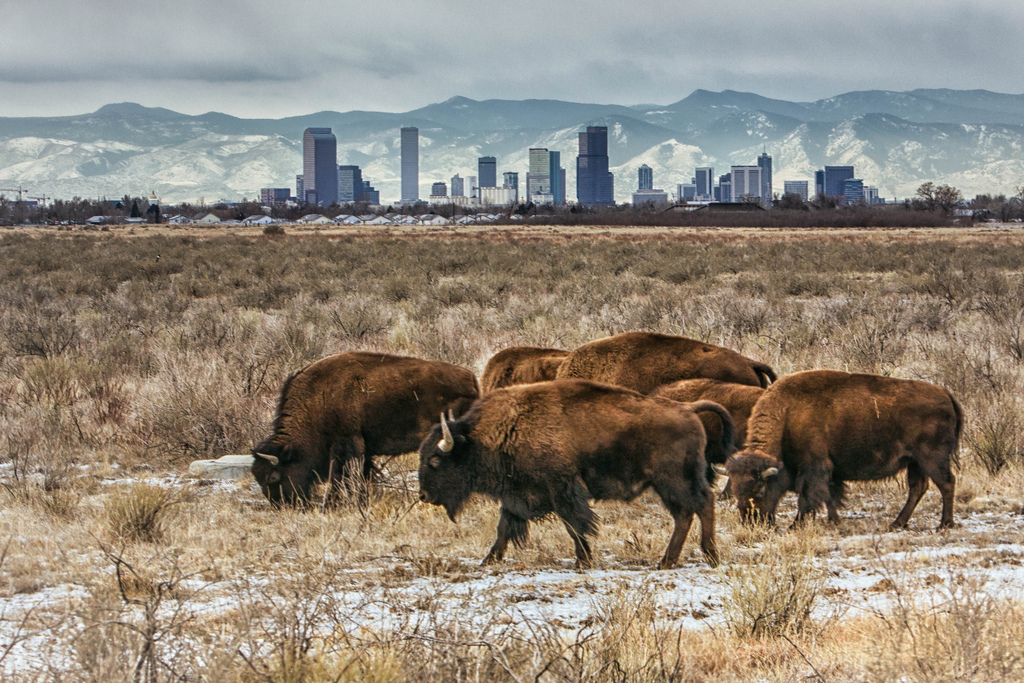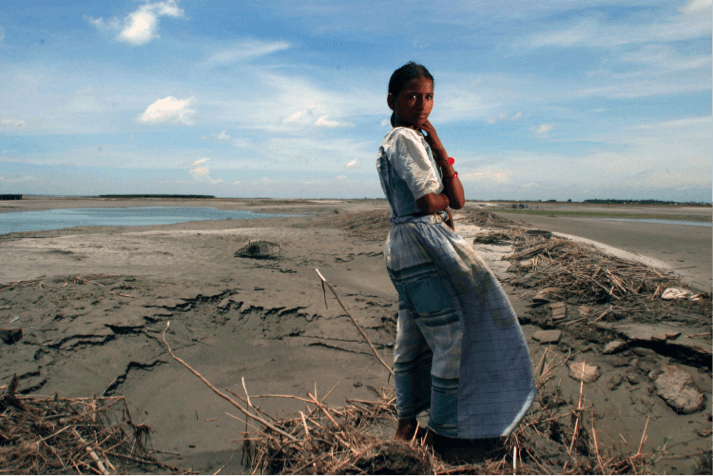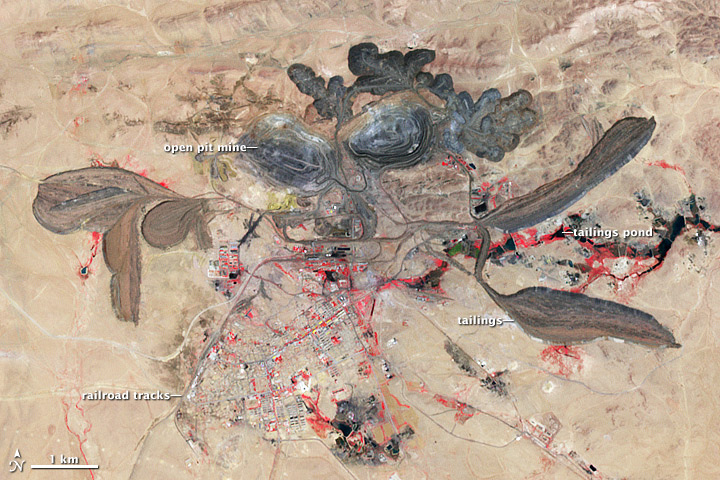
In 1983, geneticists inserted a bacterium gene, “Bt” into a plant to create the first inherently pest-resistant crop. Just over a decade later, “Bt” corn was introduced to the US market, and 15 years after that the genetically modified crop made up 67% of corn planted in the US. The crop, which requires no chemical pesticides to resist corn borers and other insects, reduced pesticide use by 18.5 million pounds and saved farmers $139 million in pesticide costs (and that’s just data for 2004).
US producers aren’t the only winners in this story. Worldwide, over 420 million hectares of land are devoted to Bt crops – an over 60-fold increase since 1996 – and producers and consumers globally have enjoyed the benefits. In India, Bt cotton has increased yields by over 30%. In China, annual gains of Bt cotton are estimated at $1 billion. Worldwide, Bt crops have resulted in more efficient use of water, more productive agriculture, and reduced food costs.
So what could possibly be wrong with this technology? It turns out that the very insects Bt crops are designed to repel might be becoming resistant. A recent study in Nature details this phenomenon, yet offers evidence to show it is far from inevitable.
In their 2015 paper, “Insect Resistance to Bt Crops: Lessons From the First Billion Acres,” Bruce Tabashnik, Thierry Brévault, and Yves Carrière outline the theory behind evolutionary resistance to Bt cotton and corn, analyze to what degree pest adaptation to Bt is occurring, and offer advice to slow it from happening.
So how exactly does Bt technology work, and how do pests build up resistance? Bt is an organic soil bacterium that produces proteins toxic to many insects. When inserted into the genes of a crop – say corn or cotton – the plant can resist pests internally—in particular those that bore into stems. However, insects are able to adapt. An insect can randomly develop a trait that renders it resistant to the Bt gene, pass it on to future generations, and eventually, through natural selection, subsist happily on the very crops designed to repel it. If this phenomenon is so easy to predict, shouldn’t we have measures in place to prevent it from happening? We do, in fact, and Tabashnik, Brévault, and Carrière explain the biology behind these processes.
The research team explains the “refuge theory” – the practice of planting non-Bt crops in a field of Bt crops in order for “resistant” pests to mate with non-resistant pests, and prevent the “resistance” gene from being passed on. At the heart of their research was the question: are producers and farmers taking the necessary precautionary measures to avoid resistance? To answer this question, the researchers synthesized years of data, and analyzed whether or not producers were selling crops with high enough concentrations of Bt toxins, and whether or not farmers were complying with “refuge” regulations.
Their findings were not encouraging. Since 2005, the number of pest species with field-evolved resistance to Bt toxins has increased from 1 to 5. One case reported over 50% resistant individuals and reduced effectiveness expected, and another 4 reported 1-6% resistance. While this last conclusion might not seem so dire, it’s important to consider the rate at which these pests develop resistance. For a particular moth exposed to Bt corn in the Philippines, survival increased from .4% to 5.5% (a fourteen-fold increase) in only two years!
Tabashnik, Brévault, and Carrière highlight the gravity of these conclusions, but are encouraged by the lack of significant increase in resistance in the remaining 11 cases. They point to the factors in these cases that led to this result: a recessive “resistance” gene, few pests with “resistant” genes in the population, and an abundance of non-Bt crops in the field. The other 13 cases where resistance developed all violated these conditions; producers were selling Bt crops with too-low doses of toxins, farmers weren’t planting enough non-Bt crops… etc. The research team found just what they expected; resistance occurred according to evolutionary theory.
So does this mean that the gains from Bt crops have been moot, and that we should fear for our increased dependence on them? It turns out, only if producers and farmers aren’t following protocol. Producers of Bt crops must meet Bt toxin dosage requirements, and farmers must plant an abundance of non-Bt crops for every Bt crop (the EPA recommends a ratio of 1:5.) Farmers must also routinely monitor fields and report cases of resistance. If producers and farmers fail to follow protocol, pests will inevitably develop resistance, and the Bt crops that have been so beneficial at reducing pesticide use, increasing yields, and saving money will be no more effective than their conventional counterparts.




















